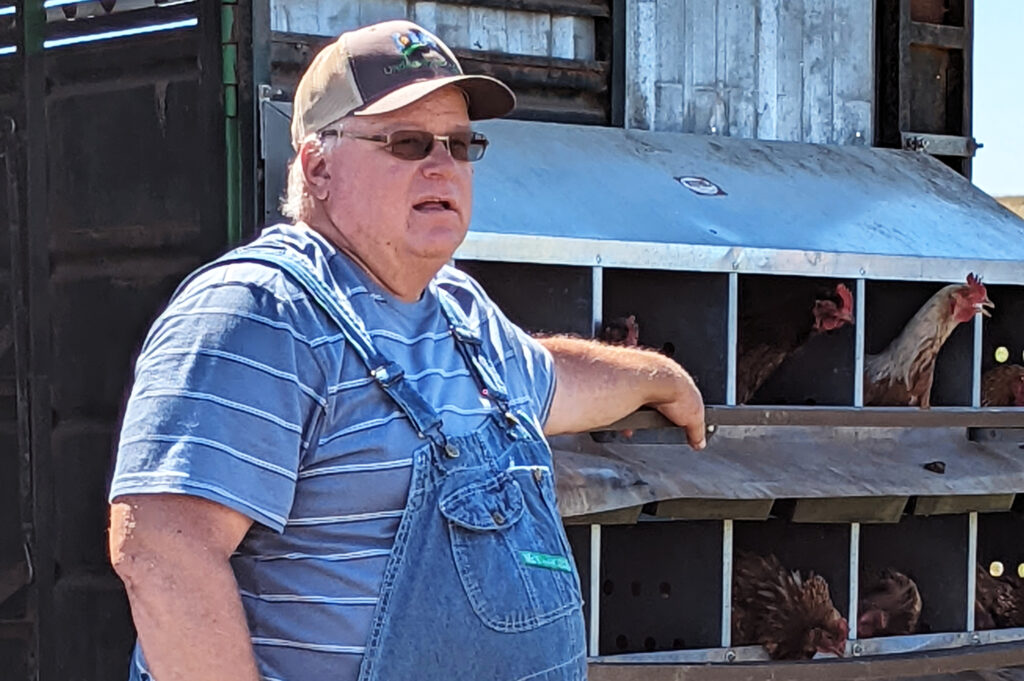What is the real cost of subsidies?
One of the greatest joys I have had in my regenerative journey has been that of refusing to accept all the government subsidies that are so prevalent in production agriculture today. I can best describe that joy as a feeling of freedom. Freedom? (I can almost see farmers rolling their eyes as they read that.) Yes, freedom.
Why freedom? Farmers and ranchers are very proud individuals. They think of themselves as being very independent. They like to be in control. They believe that they make all of the decisions on their farm. However, in most instances, that is far from the truth.
I am going to catch a lot of flak for this statement, but here goes: The vast majority of farmers and ranchers are serfs. Here is the definition of the word “serf”: an agricultural laborer bound under the feudal system to work on his lord’s estate.
Let me explain why the word “serf” is applicable. Farming and ranching are very capital-intensive enterprises. Most farmers and ranchers need to borrow capital every year to purchase the inputs that will be used that year. To get their lender to agree to loan them that capital, the lender is going to insist that the farmer (borrower) takes part in the current USDA farm programs. The lender makes that stipulation to ensure the farmer receives those government subsidies.
Once this happens, the farmer is going to plant the crops that will guarantee them the highest return through federal crop insurance (revenue insurance). The rate of this revenue insurance is set by the government (using a ridiculous formula based on the previous year’s prices). The government also subsidizes a high percentage of the premium of that insurance policy.
The farmer (a serf) is now beholden to the government, giving up his/her freedom, and must plant that specific crop species within the constraints of that insurance policy. These constraints include many that are antithetical to healthy ecosystems.
Not only are these farmers now beholden to the government, but they are beholden to the taxpayers, as it is the taxpayer who foots the true costs. Many farmers adamantly tell me that taxpayers need to pay for these subsidies because they are getting cheap food. I would argue that cheap food is the result of oversupply, which, to a large extent, is the direct result of subsidies.
I can see the reaction of defiance on most of my farming colleagues’ faces as they read this. They don’t want to believe that they are obligated to anyone, let alone the government. Upton Sinclair said, “It is difficult to get a man to understand something when his salary depends on his not understanding it.”
Think about it.
So, by not taking part in government subsidies, I am now able to grow crops that federal crop insurance will not insure. For example, for the past 15 years, my most profitable cash crop, every year, has been a fall-seeded blend of cereal rye, winter triticale, forage winter wheat, winter barley and hairy vetch. I seed it all together, combine it together, clean it as a blend and sell it for seed. My average net profit per acre for this blend has been $976. Yes, that’s net profit after all costs, including land costs.
Another crop that is extremely profitable for me has been an oats, barley, spring pea and flax mix. I seed it all together, combine it together and then either sell it as livestock feed or clean it as a blend and sell it as a cover crop mix to those looking to address their farms’ resource concerns. My average net profit per acre for this crop has been $578.
Not taking part in government subsidies also allows me to be very adaptable. For example, 2020, 2021 and 2022 were the three driest years ever recorded on my ranch near Bismarck, North Dakota. While my neighbors continued to plant high-water-use crops such as corn, just so they could collect crop insurance, I switched to low-water-requirement crops such as barley or millet. I was able to combine these crops and make a profit.

Perhaps the greatest benefit of not taking part in government programs is that by not being bound to those constraints, I am better able focus on my ranch’s resource concerns. I can plant and harvest any cash crop when I want. I can seed any cover crop whenever I want and can graze it whenever I want. This allows me to steward my ranch in a way that builds resiliency. These practices have allowed me to significantly lower my input costs while increasing profitability.
We must understand the importance of being adaptable and resilient. That is the only way we can help ensure that our children and grandchildren will be able to build on our legacy.
I want to make this clear — I used to take part in government programs, but as I went down my regenerative journey, I realized that taking part in those programs was actually holding me and my ranch back.
I am not writing this to belittle those who do. I am simply saying this: if you want to make small changes, change the way you do things; if you want to make major changes, change the way you see things.
When I started seeing the true cost of farm subsidies and not just the short-term payout, I rediscovered the value in “the freedom to farm.” My decision to “just say ‘no’” to farm subsidies was one of the very best decisions of my life.
Still, I value personal freedom, so it is up to each of us to look in the mirror and make our own decisions.
Gabe Brown farms in North Dakota and is a founding partner of Understanding Ag and of the non-profit educational organization Soil Health Academy. He is the author the best-selling book Dirt to Soil.












